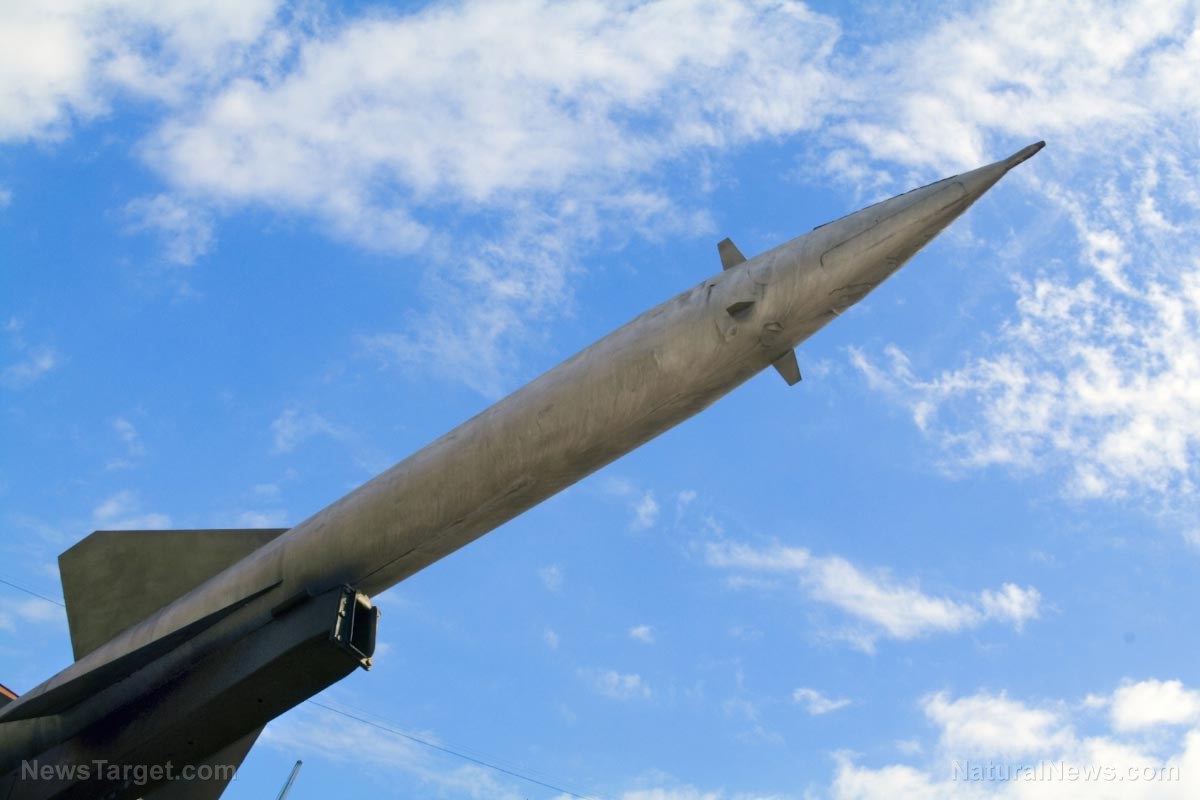
As China and Russia grow their respective militaries leaps and bounds into the future, the United States is lagging behind as the finalization and release of its Long Range Hypersonic Weapon System (LRHW) has now been pushed back to fiscal year 2025.
The Government Accountability Office (GAO) released a report on June 17 indicating that the U.S. Army will not be able to field its first LRHW battery until 2025 because of problems with both the launcher and launch sequence of the new killer technology.
"The LRHW is a trailer-launched, intermediate-range missile with a projected range of more than 1,700 miles," explains Sakshi Tiwari for The Eurasian Times.
"The system seeks to accomplish an incredible 'hypersonic' top speed of Mach 17, or 3.6 miles per second. The LRHW also goes by the moniker, 'Dark Eagle.'"
According to the GAO, the U.S. Department of Defense (DOD) is poorly positioned right now to field fast systems like the LRHW. The earliest possible tests involving a workable system are tentatively scheduled for before the end of fiscal year 2024.
"The Army missed its goal of fielding its first Long-Range Hypersonic Weapon battery – including missiles – by fiscal year 2023 due to integration challenges," the GAO report explains.
"Based on current test and missile production plans, the Army will not field its first complete battery until the fiscal year 2025."
(Related: A new report published in the Journal of Test and Measurement Technology claims that China and Russia both possess technology to easily destroy and sink U.S. aircraft carriers with hypersonic missiles.)
More LRHW delays likely
Even if things go as planned for a successful test launch, other problems could arise, the watchdog warned, that delay full implementation even further. Meanwhile, Russia and China will have trailed far ahead with even newer and better technologies.
The GAO expects that it will take about 11 months to build the eight missiles required for a single battery. This is a best-case scenario estimate, mind you – there could still be more delays caused by other unanticipated problems, which seems likely based on the rhetoric of the military-industrial complex.
The original plan was to have the first LRHW battery ready by the end of fiscal year 2023. That plan failed, which is especially problematic now that world war is escalating at increasing speed.
"It's a launcher problem," commented then-head of Army acquisition Doug Bush about why the fiscal year 2023 timeline failed to come to fruition.
Bush assured the public at the time that the U.S. military was working on a new plan that could lead to a breakthrough in the following six months. That plan failed as well because here we are now with the can still getting kicked down the road as to when the LRHW program will be a success.
"Since 2021, the LRHW has seen multiple test failures, some ascribed to missile malfunctions," The Eurasian Times further reported. "The GAO noted issues with the launcher and launch sequence resulted in the cancellation of two tests in 2023."
"While China and Russia have fielded multiple hypersonic weapons, the U.S. hypersonic dream keeps slipping away due to technological hurdles. For instance, the U.S. Air Force (USAF) had to officially cancel the AGM-183A Air-launched Rapid Response Weapon (ARRW) program after a spate of unsuccessful tests. The USAF has placed significant emphasis on developing the Hypersonic Attack Cruise Missile (HACM), yet the weapon is far from deployment."
The U.S. Navy is reportedly working on its own Hypersonic Air-Launched Offensive Anti-Surface Warfare (HALO) program as well to upgrade that division of the military. An actual war-ready HALO weapon will reportedly not be ready until at least 2029.
The latest news about the global arms race and what it will eventually become can be found at WWIII.news.
Sources for this article include:
Please contact us for more information.















